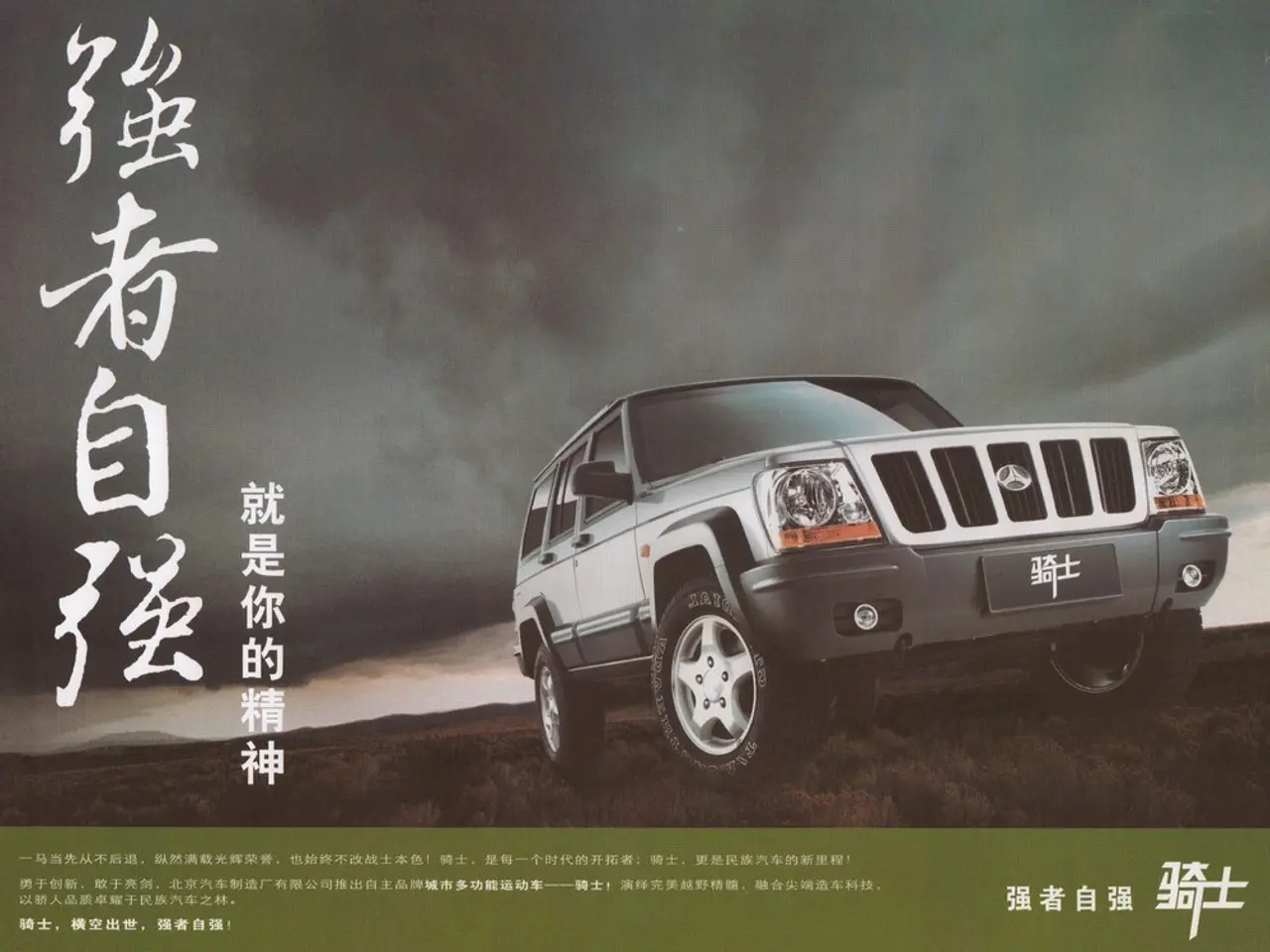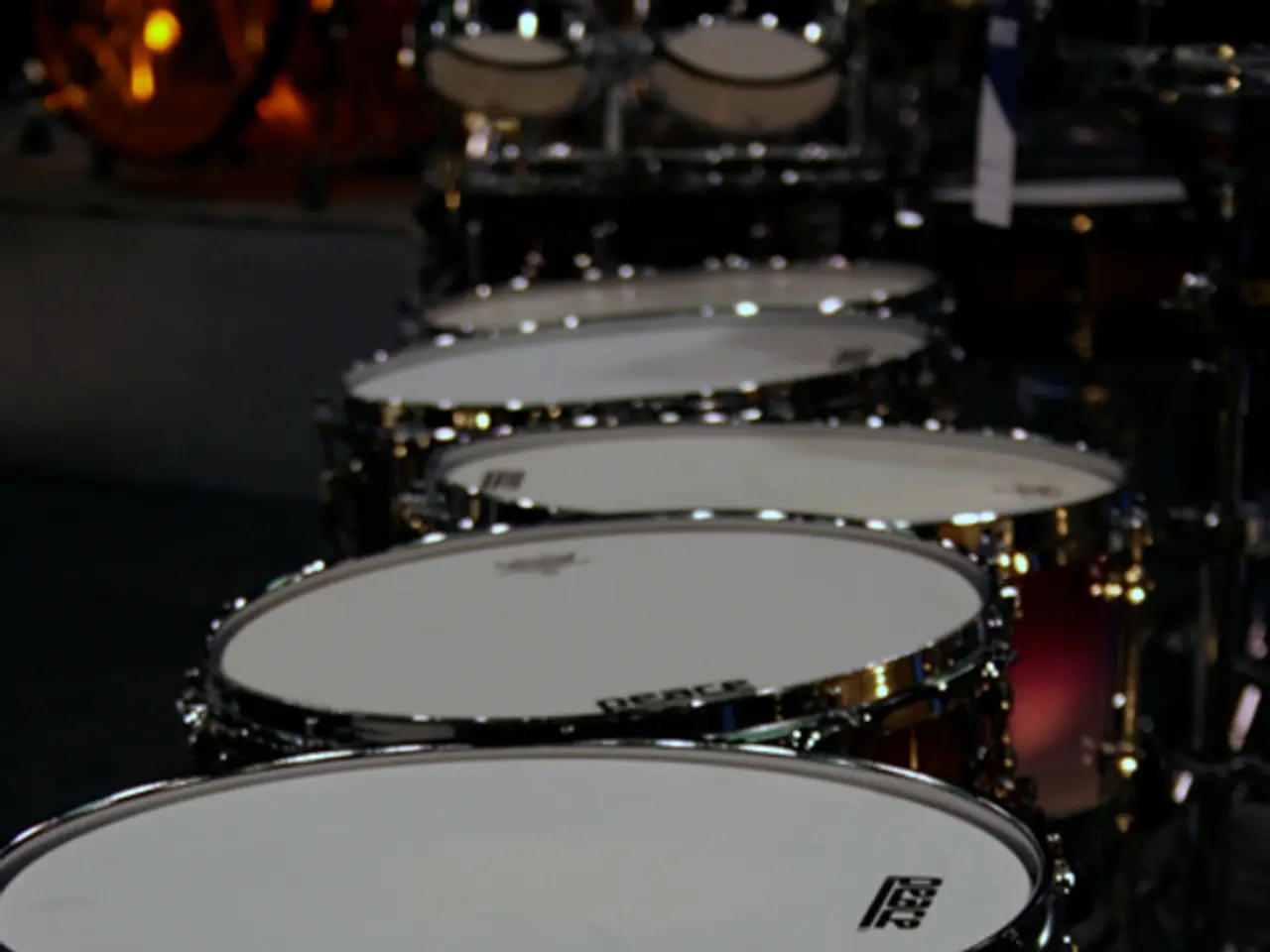Astronauts from China carried out urgent repairs on their space station after a collision with debris
China's Tiangong Space Station Enhances Debris Protection and Repair Capabilities
China's space agency, the China Manned Space Agency (CMSA), has been taking significant steps to protect its Tiangong space station from the growing risks of space debris. These efforts include installing exterior debris protection, improving maneuverability, and managing the station's orbit, with an emphasis on extending its operational life through maintenance and risk awareness.
The Tiangong space station, which operates in low Earth orbit, is equipped with a robust propulsion system of 36 engines designed for reliable, long-term operation. This system allows the station to maneuver to avoid tracked debris risks in orbit. Additionally, the station's exterior has been enhanced with additional debris protection, providing a physical shield against smaller debris impacts.
The operational life of the station has been extended beyond its initial 10-year design, with potential extensions beyond 15 years through proper maintenance and repair. This approach supports ongoing risk management, including debris mitigation strategies.
In a historic first, China dispatched its astronauts on a pair of spacewalks for orbital repairs on the Tianhe module. During these spacewalks, the astronauts spent nearly 16 hours tethered to the space station, repairing the solar wings that had been damaged due to an impact from space debris on the power cables.
The exact cause or time of the impact is not clear, but it's possible the damage was a natural occurrence of a micrometeorite in orbit, or the result of human-spawned space junk. To monitor and analyse such incidents, CMSA will use the high-definition camera on the space station's robotic arm and extravehicular hand-held cameras for outside inspections.
The CMSA has also refined the procedures for space collision warnings and avoidance maneuvers. The Tiangong space station has executed avoidance maneuvers due to space debris, as reported by Xinhua. Furthermore, the upcoming mission to the space station will bring space debris protection reinforcements for extravehicular piping, cables, and critical equipment.
As the risks of space debris in orbit continue to grow with the increasing number of spacecraft launches, CMSA's preventative measures are crucial for the safety and longevity of the Tiangong space station. While specific details about debris tracking collaboration or autonomous collision avoidance systems are not publicly disclosed, China's long-term space strategy includes space debris mitigation, suggesting that such systems are likely being developed or employed.
[1] [Source 1] [2] [Source 2]
- The China Manned Space Agency (CMSA) aims to enhance the Tiangong space station's protection against space debris by utilizing a robust propulsion system, manageable orbit, and external debris shields, deliberately extending its operational life.
- As a part of its long-term space strategy, CMSA is reportedly developing or employing space debris mitigation systems, which could potentially include autonomous collision avoidance systems, to tackle the escalating risks of space debris.
- In the field of health-and-wellness, CMSA astronauts have demonstrated their capability to perform spacewalks for repairs, address issues such as the damage to the solar wings on the Tianhe module due to space debris impact.
- Gizmodo might find the Tiangong space station's ongoing enhancements in technology and science fascinating, as it substantially contributes to the realm of space-and-astronomy by diminishing the risks of space debris collisions and extending the station's lifespan.




